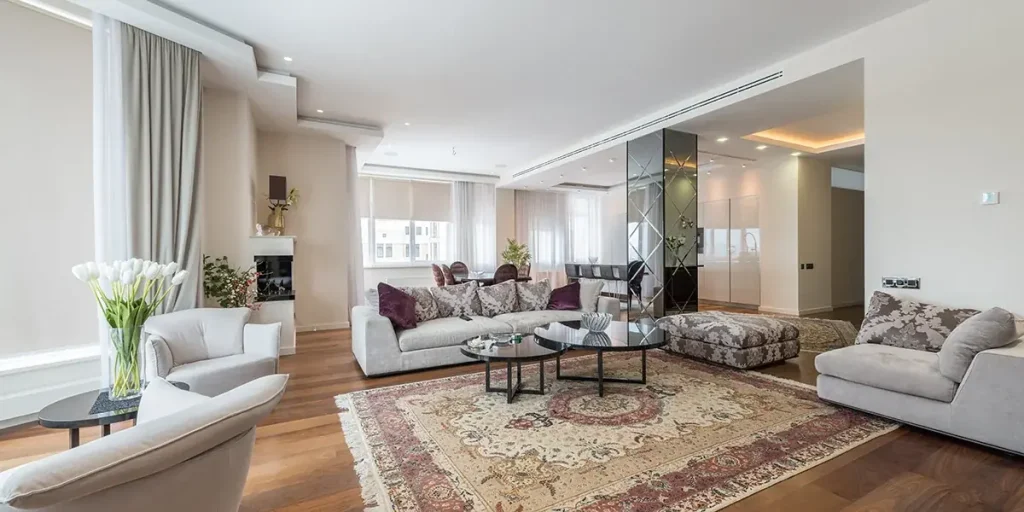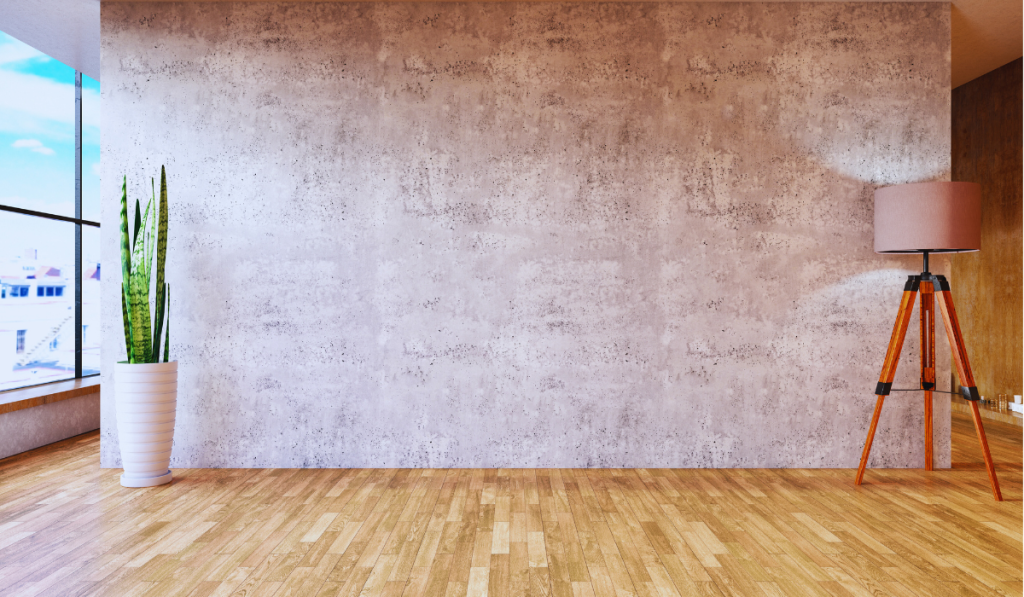In today’s fast-paced world, peace and quiet at home is more important than ever. Whether you’re trying to create a tranquil space for relaxation, improve sleep quality, or build a distraction-free home office, effective home soundproofing is essential. However, many homeowners rush into soundproofing projects without fully understanding the process, and end up making costly, time-consuming mistakes.
Soundproofing isn’t just about sticking foam on the walls or buying thick curtains. It’s a science that involves controlling how sound travels through air, materials, and structural components of your home. Done right, it transforms your living space. Done wrong, it can lead to frustration, wasted money, and underwhelming results.
In this guide, we’ll highlight the top five common mistakes to avoid when soundproofing your home, explain why they matter, and show you how to get it right the first time.
1. Ignoring the Source of the Noise
One of the biggest mistakes homeowners make is jumping into soundproofing solutions without identifying the actual source of the noise. Without this step, you might treat the wrong area, or worse, waste money on ineffective fixes.
Why It Matters
Sound travels in complex ways. Is the noise airborne (like voices or TV sounds) or structural (like footsteps or plumbing noises)? Is it coming from outside, between rooms, or above you? The type and source of the noise determine the best solution.
What to Do Instead
- Conduct a sound audit: Walk around your home at different times of day and note where and when noise is most noticeable.
- Classify the noise: Determine if it’s airborne (voices, music, traffic) or impact noise (footsteps, slamming doors).
- Focus your efforts: Target soundproofing solutions to the actual problem areas.
2. Using the Wrong Materials
Not all materials marketed as “soundproof” actually block or absorb noise effectively. One common mistake is relying on cheap foam panels, which are more suited for acoustic treatment than true soundproofing.
Why It Matters
Materials like acoustic foam absorb echoes within a room but do little to block noise transmission through walls or floors. Conversely, mass-loaded vinyl, dense insulation, and resilient channels are designed for proper soundproofing.
What to Use Instead
- For walls and ceilings: Use soundproof drywall, mass-loaded vinyl (MLV), or double drywall with green glue.
- For floors: Opt for rubber underlayment’s, cork, or dense carpet padding.
- For windows and doors: Install weather-stripping, acoustic seals, or soundproof curtains.
3. Overlooking Doors and Windows
Even if your walls are heavily insulated, untreated doors and windows can become weak links in your soundproofing efforts. Many homeowners mistakenly assume that “sealed rooms” only require wall treatments.
Why It Matters
Windows and doors are the most common points for airborne noise to enter or escape. Even small gaps can let in significant sound.
How to Fix It
- Seal gaps: Use acoustic caulk or weatherstripping around window and door frames.
- Upgrade doors: Replace hollow-core doors with solid-core versions for better noise reduction.
- Improve windows: Consider double- or triple-glazed windows with soundproof inserts.
4. Not Addressing Structural Transmission Paths
Many people focus solely on blocking airborne sound, forgetting that sound can travel through building structures. This mistake is particularly common in DIY soundproofing.
Why It Matters
Impact noise (like footsteps on hardwood) and vibration (from appliances or HVAC systems) can transmit through walls, ceilings, and floors. Without isolating these paths, your soundproofing efforts won’t be fully effective.
How to Avoid It
- Use resilient channels: These metal strips separate drywall from studs and reduce vibration transfer.
- Install floating floors: These reduce impact noise by decoupling the flooring from the subfloor.
- Isolate mechanical systems: Use vibration isolators for HVAC systems and appliances.
5. Assuming One Solution Fixes Everything
A common misconception is that one material or method will solve all your noise problems. In reality, effective home soundproofing often requires a layered, comprehensive approach.
Why It Matters
Different types of sound require different solutions. Airborne noise may need mass and density, while impact noise requires separation and absorption. Relying on one technique, like just adding foam or just sealing doors, won’t cover all noise sources.
Smart Soundproofing Strategy
- Combine multiple methods: Use insulation, seals, mass, and separation techniques together.
- Customize room by room: Bedrooms, media rooms, and home offices each have different soundproofing needs.
- Think long-term: Invest in quality materials and professional advice to avoid redoing the work.

Additional Tips for Effective Home Soundproofing
While avoiding major mistakes is essential, there are also some lesser-known yet highly effective strategies that can enhance your soundproofing project. Think of these as the fine-tuning elements that take your home soundproofing efforts from good to great.
1. Think Vertically and Horizontally
Most people focus on walls and floors, but ceilings and corners play a significant role in how sound travels. For multi-story homes or apartments, ceiling insulation is critical to block noise from upstairs units or levels.
- Use acoustic ceiling tiles in basements or home offices.
- Add insulation like rockwool or fiberglass in ceiling cavities.
- For extra protection, install a dropped ceiling system with decoupling materials.
2. Add Mass Where Possible
Soundproofing benefits from mass and density. Heavier materials resist vibration and block sound more effectively than lightweight ones. That’s why techniques like double drywall with Green Glue (a damping compound) are so popular.
You can also:
- Use bookshelves or wardrobes as natural sound barriers.
- Add soundproof blankets or panels behind artwork and mirrors.
- Choose heavy drapes for windows instead of decorative light curtains.
3. Create “Room within a Room” Concepts
For high-performance spaces like music studios, home theaters, or gaming rooms, building a decoupled interior room can deliver near-total sound isolation.
While not practical for all rooms, you can replicate this effect by:
- Using resilient clips and channels to decouple drywall.
- Installing floating floors with underlayment.
- Creating staggered stud walls to reduce vibration transfer.
Soundproofing a Home Office
Imagine you’re working from home in a busy neighborhood. You’ve installed some sound panels and sealed the windows, but still hear car horns and hallway chatter. Here’s how a properly planned soundproofing project might look:
1: Identify noise sources (traffic outside, hallway sounds).
2: Install double-glazed windows and door sweeps.
3: Add mass-loaded vinyl and Green Glue to the wall facing the street.
4: Install acoustic panels inside for echo control.
5: Seal electrical outlets and HVAC vents using acoustic putty.
The result? A quiet, distraction-free zone ideal for productivity.
Conclusion
Soundproofing your home is an investment in comfort, health, and peace of mind. By avoiding these common mistakes, failing to locate the noise source, using the wrong materials, overlooking windows and doors, ignoring structural paths, and relying on single-solution fixes, you can achieve a truly quiet home environment that enhances your quality of life.
Whether you’re a DIY enthusiast or planning a major renovation, taking the time to understand the science behind home soundproofing will pay off in reduced noise, better sleep, and more enjoyable living spaces.

Ready to Soundproof Your Home the Right Way?
Creating a peaceful retreat in today’s noisy world isn’t a luxury, it’s a necessity. Whether you’re battling city traffic, noisy neighbors, or just want to enjoy your favorite movie without distractions, proper home soundproofing can make all the difference. But here’s the truth: soundproofing is more than hanging a curtain or adding foam tiles. It requires a smart, strategic approach tailored to your specific environment and lifestyle.
If you’ve read this far, you now know what not to do. The next step? Get expert help or start planning with the right knowledge and materials.
At SoundKrafted, we specialize in helping homeowners like you design and implement effective residential soundproofing solutions. From noise assessments and material recommendations to full-service installations, we’re here to help you avoid costly mistakes and get it right the first time.
Still not sure where to begin?
Here’s what you can do today:
- Book a consultation to evaluate your home’s noise challenges.
- Download our free Home Soundproofing Checklist to guide your next project.
- Follow our blog for the latest tips, product reviews, and expert advice.
Remember, peace and quiet aren’t out of reach, they just require the right approach. Let’s make your home the sanctuary it should be.
Contact us today to start your journey toward a quieter, more comfortable living space.
